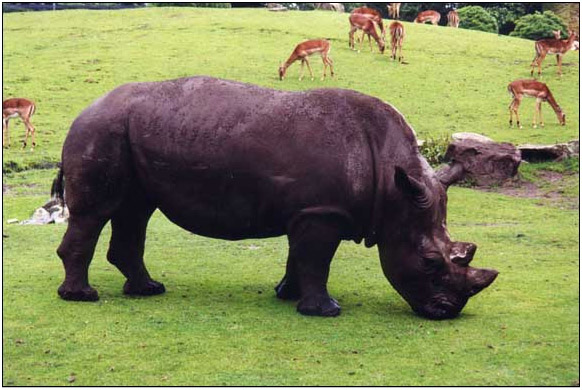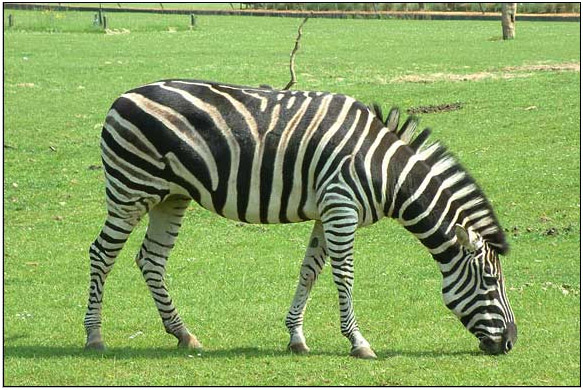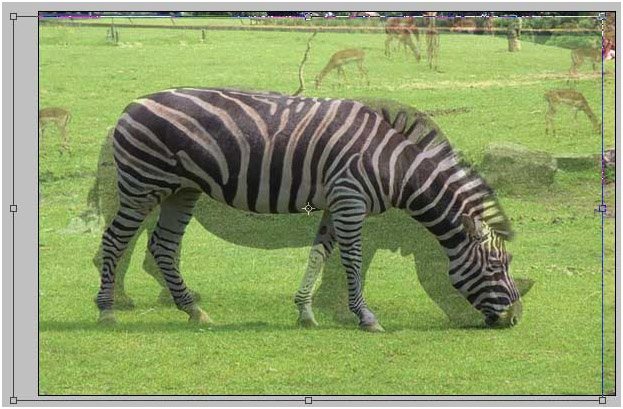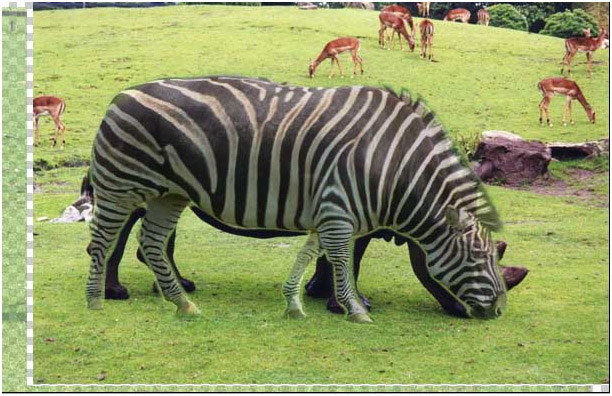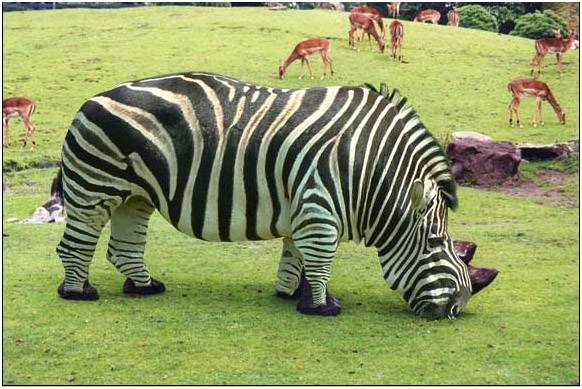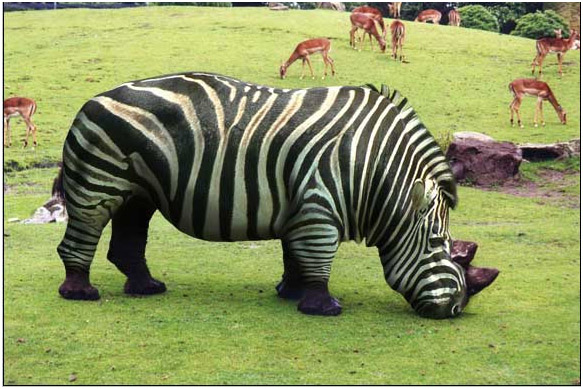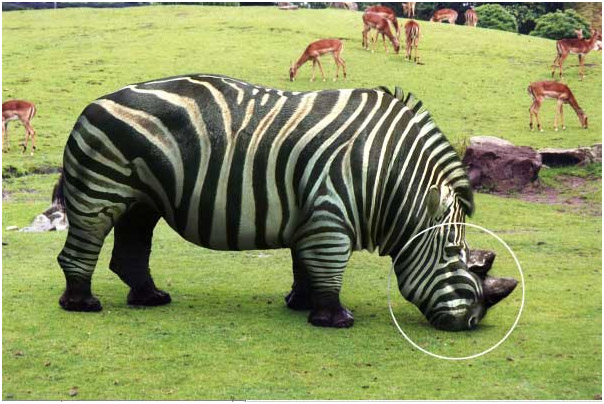In this Photoshop tutorial, we’re going to incorporate 2 animals:
and this:
To make our final product below:
First and essential is to discover the correct source images. I selected these 2 given that the angles and positions are extremely comparable.
Considering that I liked the high contrast color of the zebra, I chose to make use of the actual fur and “mold” it over the rhino’s body. So with that said, I extracted the zebra from its background and pasted it into the rhino file on a brand-new layer.
KEEP IN MIND: It’s a great idea to utilize a hi-res image since when you’re stretching pixels, a low resolution file is going to lose its realistic look.
Okay, let’s see how comparable or various these two images are.
Lower the opacity of Zebra and compare it to the Rhino background. Making use of the Transform device, stretch and compact the image as required so that you could get the very best fit possible. The better match now suggests less work later on.
I discovered it vital to compare the legs first then the head for this image.
Considering that my objective is to cover the rhino’s body totally with the zebra, I chose to utilize the Liquify filter to make the rest of the adjustments.
You have to have a fair bit of perseverance with the Liquify filter to obtain the very best results. I’m going to assume that you have some experience with this filter so I’m gon na get to the point.
1. Lowered the the Zebra’s opacity to about 70 % This will assist you feel better outcomes comparing the two animals.
2. Begin by using a fairly big brush (about 1/3 the size of the animal) and with small strokes, pull the Zebra’s major upper body to match the rhino. Attempt to avoid making looong pulls due to the fact that you will not get desired results. Utilizing the huge brush, I essentially stretched out the top, buttocks, belly, chest and then I repositioned the head.
3. Once you’re happy with those outcomes, you’re then going to fine tune the rest of the body utilizing smaller sized brushes. For the Zebra’s head, I used small, even strokes to match the shape of the underlying Rhino.
Given that the legs are so close together, I needed to use the Liquify filter’s built in mask tool to secure one leg as I formed the surrounding one.
When you have matched the whole silhouette of the Rhino, save your adjustments and prepare for the next step.
Okay, the shaping looks ok but our new animal pal is looking a bit flat. We’re going to include more depth to this image by including shadows. I’m not going to be making use of any mixing modes due to the fact that I wish to keep as much information and contrast as I can– so with that said:
Make a brand-new layer atop the Zebra and select a soft brush set a 15-30 % opacity.
TIP: Hold down the ALTERNATIVE secret and move the cursor between new blank layer and the Zebra layer. When the cursor changes it’s shape, click the mouse button and you have now effectivley made a clipping mask. All your shadows will now be consisted of inside the zebra.
To obtain the best shading, I sometimes turned the presence of the Zebra layer on and off utilized the Rhino background as a reference about where to include new shadows.
Yeah, that looks better.
Now for the head:
If you take a look at the initial rhino picture, you’ll see that the head has a distinct shape under the horns. It looks like its boosted.
Okay, add a brand-new layer
Making use of a smaller sized, soft brush at around 30 % opacity, draw out the unique lines under the horns (again, utilize the rhino background image as a reference). With some perseverance you ought to get the preferred outcomes.
If you find that the shading is a bit too dark, you might adjust the layer opacity of your shadows.
Good Luck and I hope this helps.

